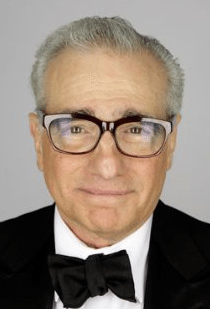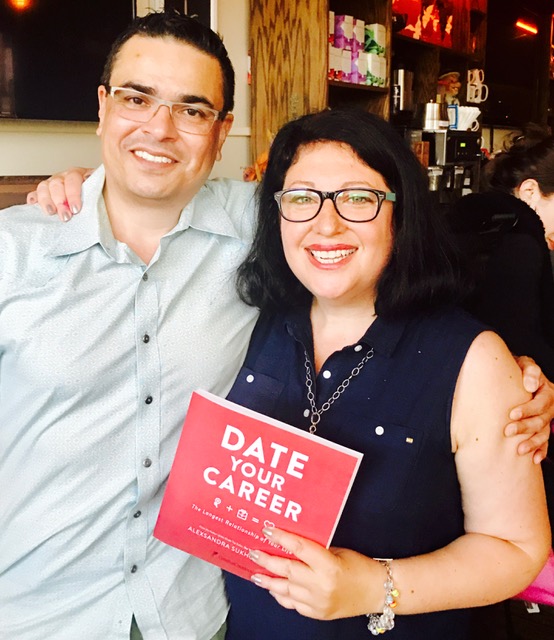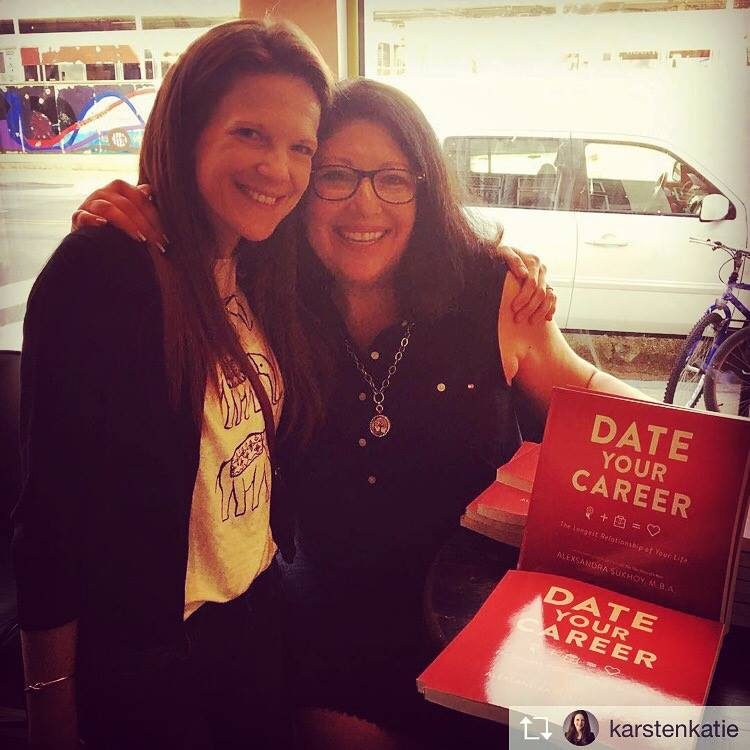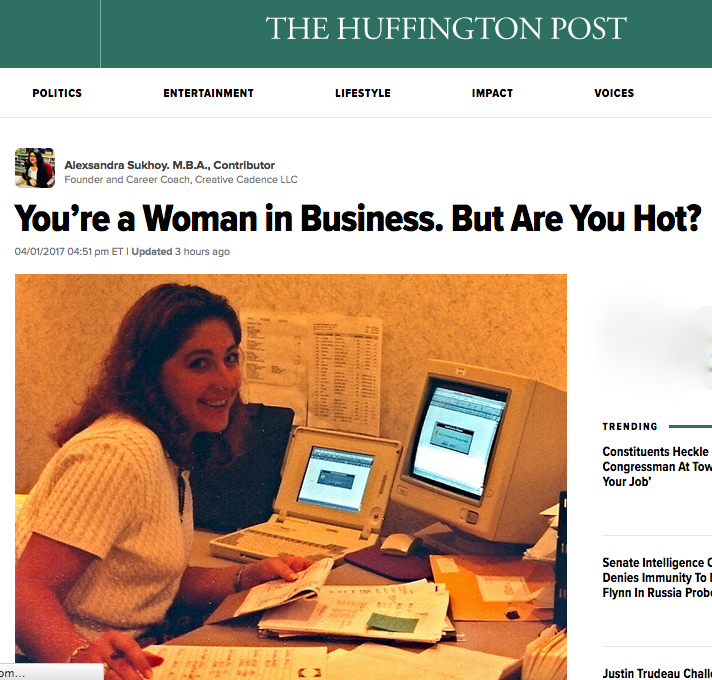- Begin Your Growth Plan Today!
- (216) 410-3825
- info@creativecadence.com
How Martin Scorsese Directed A 60-Second 3-Act Film. The Bleu de Chanel Commercial
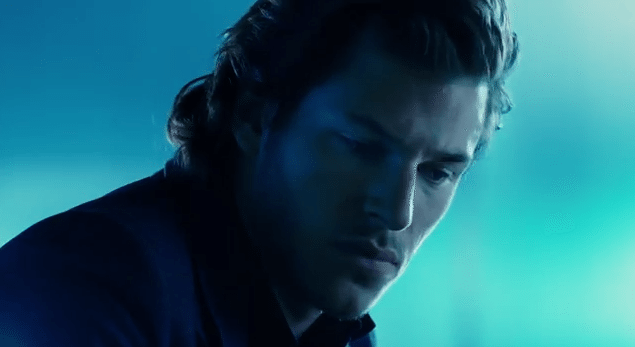 Back in the summer of 2011, I was sitting around with some film friends, brainstorming creative promo videos. I asked them if they’ve seen Martin Scorsese’s new Bleu de Chanel commercial and then proceeded to show it to them.
Back in the summer of 2011, I was sitting around with some film friends, brainstorming creative promo videos. I asked them if they’ve seen Martin Scorsese’s new Bleu de Chanel commercial and then proceeded to show it to them.
Collectively, that night alone, we must have watched it a dozen times. Individually I’ve watched this commercial two dozen more and have also shared it with my students.
Each viewing hypnotized me further into the majesty of my favorite film director’s grand vision, executed to micro media perfection. Not only does it work on the small screen, but, the entire film is 60 seconds long. And, it sells the product.
Mind you, there’s four “making of” videos available for your viewing pleasure. Combined, those four videos create a startling behind the scenes documentary of a man’s process. And yet, after all that set creation, lighting adjustment, rapid acting and film footage, we, the audience, are left with exactly one minute of air time. One short minute to let our curiosity instinctively revisit the story and immediately long for the romance we think we want. And, thus, via this level of Pavlovian association, we buy into it all: the myth, the madness and the craving for French cologne. Not to mention the adventurous man who wears it.
What makes it a classic Scorsese picture?
I’ve put together a humble list. It’s in no particular order other than in the sequence of synapses going off in my mind on that late July 2011 summer night.
1. Heightened drama
2. Staccato editing
3. Gritty New York City urban underground landscape
4. Beginning the story at the end while telling it all in flashback
5. Soundtracked by the Rolling Stones
How is this a 60-Second 3-Act Film?
1. The 2 brief scenes with the dark haired woman are Plot Point 1 & Plot Point 2, and run at :17 – :23 and then later between :36 – :39.
2. The Stones perfectly synced lyric, “I wanna make love to you, too,” comes through just as the brunette woman turns her face away, at :22, rejecting him. At :36, when he’s back at the source of his rejection, he’s forced him to do something he couldn’t have done before. The lyric repeats in the very last second of the story, signaling that instead of loving the woman who is desirable in appearance and in luxury – but who is actually wrong for him – he’s now going to love himself.
3. While at first appearing to be a love triangle, it’s the story of a man whose life was predictable and staged, including the wealthy woman, rich house, etc. And when she rejected him, his real life began – as a photographer – which led him to the blond woman and a free, independent life where he became famous on his own vs. as a kept man.
How is this brilliant advertising?
1. The cold-hearted, sophisticated and elegant brunette woman, sitting in that fancy European room, with all the decor, represents old, classic Chanel and our association with the brand: it is out of our reach
2. The high-energy, risk-taking blond woman, running around gritty New York symbolizes the youthfulness and new energy that the Chanel brand is trying to attract
3. “I’m not going to be the person I’m expected to be anymore.” – This closing line refers to Chanel emerging as a fresh and unexpected symbol
4. The panels falling down? Chanel is breaking down the barriers and making itself accessible to the public
I don’t know of a single director that could pull off all this and within just 60 seconds. But, then Martin Scorsese is the best living filmmaker today. And for a man who made Mean Streets 40 years ago, he’s certainly broken down all kinds of walls, staying more current and more relevant than any of his peers.
Martin Scorsese image: IMDb.com
Gaspard Ulliel image: YouTube.com




